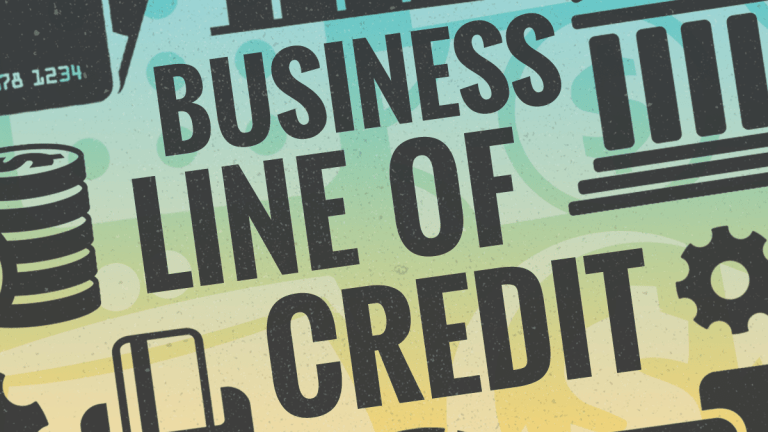If you run a small business and encounter some form of cash flow issue, you may be surprised to learn that there are other ways than a small business loan to provide your company with a swift financial boost.
In this article, we’ll present an overview of business line of credit and discuss how it might help you achieve your objectives.
What is a business line of credit?
A business line of credit is a tool that enables a company to “draw down,” or borrow money as and when needed, up to a certain maximum.
The line of credit will typically be for a specified sum, say $50,000. Businesses that offer you this line of credit will make it available for a predetermined length of time, say 12 months, with an option to renew it at the end. Once the line of credit is issued, you will be able to use it at any time.
What is meant by “draw down”?
In simple terms, drawing down refers to taking money out of a financial resource, like a line of credit. Whenever you choose, based on the demands of your small business at the time, you can withdraw funds from the facility to suit your needs.
You are permitted to withdraw any amount up to your allowed limit to pay for any unforeseen business expenses. You have additional flexibility to manage your financial flow because repayments are made on a weekly basis, and you are able to make extra payments at any time.
So, let’s assume you have a $50,000 line of credit, and you realise you need to withdraw $15,000 to pay a supplier. You will only pay interest on the $15,000 until the point at which you repay it.
The ideal line of credit for businesses is one that is revolving. This means you can access the funds whenever you need them and can repay them in due course without having to apply for more money. For instance, you may withdraw $1,500 from your line of credit on a Friday to cover your liability insurance for the year. In order to minimize interest costs, you can repay the $1,500 as soon as a client invoice is paid.
If you’re thinking of opening a line of credit, what should you watch out for?
If you’re considering applying for a business line of credit, you must be certain that you can repay any money you borrow with a reasonable ability to do so, taking into account the return on investment.
Businesses in a variety of diverse sectors, such as professional services, retail, and hospitality, might benefit from lines of credit. For instance, a wedding venue may need to recruit extra catering staff to cope with the demands of a large event. While waiting for the client to pay the invoice, it can make use of a line of credit to pay the extra staff members’ salaries.
eCommerce operators may use a line of credit to stockpile extra inventory ahead of Black Friday Sales. They can then repay the credit when the stock has been sold.
Businesses that provide their customers with a set amount of time to pay invoices can often benefit from a line of credit because they must provide the services or pay for stock before selling. This makes them more prone to cash flow problems that can be covered by a line of credit.
Business owners must be nimble and adaptable to keep their companies running in the unpredictable world of running a business. An excellent tool for managing corporate finances and preparing for unforeseen cash flow gaps is a line of credit.



